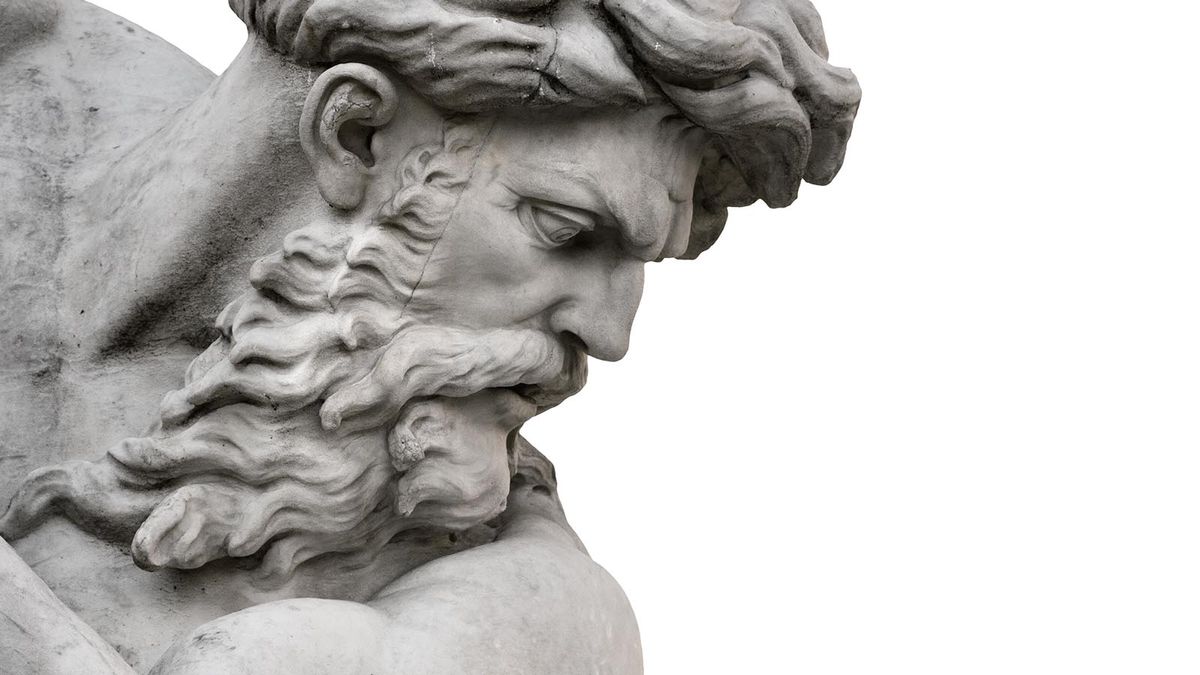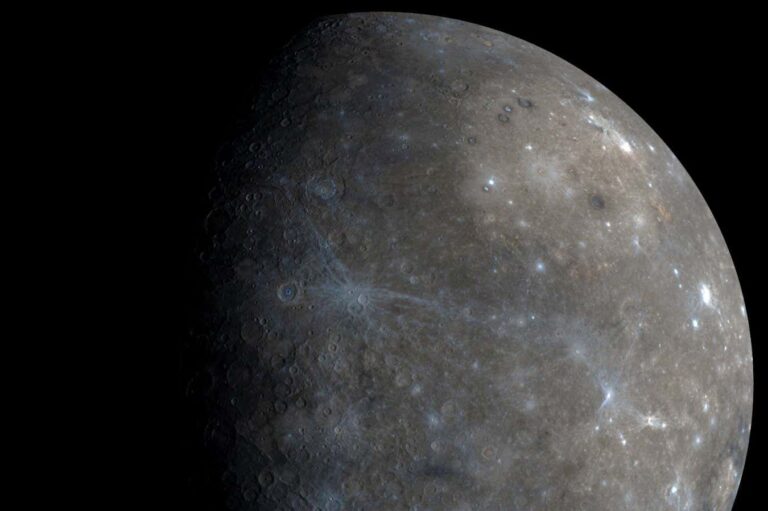Roman mythology was a complex polytheistic religion with many cults gravitating toward major gods. Similar to the Greek Pantheon, these major gods and goddesses were members of a divine family under Jupiter and Juno, and each sibling affected specific aspects of domestic life in the Roman state.
1. Neptune
Neptune was the Roman equivalent of the Greek God Poseidon. Neptune’s brothers Jupiter and Pluto oversaw the heavens and the underworld, respectively, but he ruled the seas.
He was also the patron god of horse racing and was celebrated during summer festivals to bring rain to drought-stricken farms.
2. Mars
Since Rome was such a proud, militaristic society that owed much of its wealth to expansion through force, multiple deities were aligned with soldiers and battle. However, none were more favored than Mars.
Unlike his Greek equivalent, Ares, who was often disliked for bringing war and famine, Mars was seen as the symbolic tip of Rome’s spear, leading legions of brave warriors to battle and glory. Other gods may have been worthy of one annual festival; however, Romans thought Mars deserved two each year.
3. Minerva
Minerva was worshipped as the Roman equivalent of the Greek goddess Athena sometime during the Punic War, beginning in the third century B.C.E. Unlike Mars and other main gods who gave in to senseless violence, the Roman goddess Minerva was a warrior who relied on strategy over brute force.
Although she was born from Jupiter’s head, armed and wearing a suit of full armor, Minerva is less associated with her military prowess than her love of wisdom, art and music. She is often pictured with her sacred creature, an owl, which still carries the connotation of wisdom and intelligence today.
4. Ceres
Similar to the Greek earth goddess Demeter, Ceres is one of the Roman goddesses believed to nourish and protect the common people. She is commonly connected with symbols of bountiful harvests, including the sickle, grain and cornucopia.
5. Diana
Romans believed Diana to share the same traits as her Greek equivalent Artemis — twin sister to Apollo, who has the same name in both mythologies. Diana is depicted with a bow, symbolizing her patronage of both domesticated and wild animals, the forest and hunting.
6. Venus
Romans believed Venus to be the most beautiful of all Roman gods and goddesses. Like her Greek goddess counterpart, Aphrodite, Venus held power over love, sex and fertility, leading to the founding of various cult followings across the vast Roman Empire.
7. Vulcan
Vulcan was the Roman god of fire and volcanoes who took on the smithing and metalworking traits of the Greek god Hephaestus. Romans offered ritual sacrifices and offerings to him during Vulcania, which became one of the most popular Roman festivals since it coincided with the hottest days of the year.
8. Mercury
Mercury was the “messenger god of the Roman pantheon and was depicted with winged sandals. He was favored among the ancient Romans for his blessings of commerce and trade. The iconography of Mercury’s winged sandals is so synonymous with speed that it is still used in popular logos today.
9. Bacchus
Arguably the most wild and fun-loving of all the Roman gods and goddesses, Bacchus was the deity of wine, fruit trees, fertility and religious ecstasy. This Roman god is an incarnation of Dionysus.
10. Pluto
Pluto was the Roman equivalent of the Greek underworld god, Hades. However, since the Roman Empire was often at war, Pluto played a gentler role in Roman mythology than his Greek counterpart. He ruled with his wife, Proserpina, and the two ushered the souls of fallen soldiers to their final rest.
#Roman #Gods #Goddesses





















+ There are no comments
Add yours